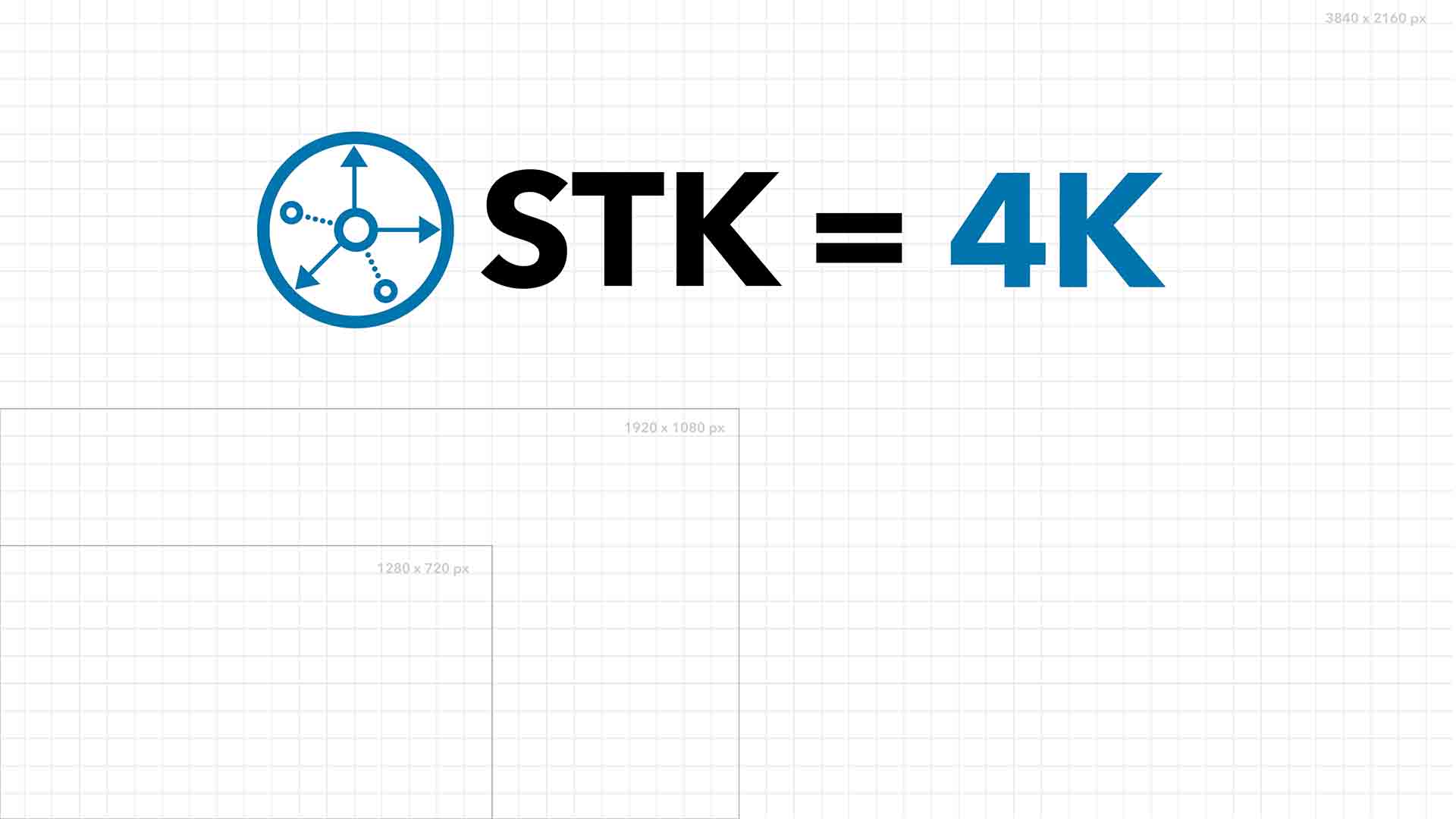STK 12.1 is stuffed with over 60 new features and improvements, including enhanced glTF support for 3D visualization, expanded hypersonic modeling capabilities for STK Aviator, and the direct integration of the VOACAP High Frequency model for STK Communications and STK Radar.
- New visualization enhancements, including support for complex glTF 3D model animations. Watch this three-minute video overview.
- HF skywave propagation for STK Communications and STK Radar, through a direct integration of the VOACAP model. Learn more in this 20-minute webinar.
- More high-fidelity propagation options for STK Astrogator, including the N-plate atmospheric drag model to match the SRP model that we introduced in STK 11.7. We’ve also added variable area for both the drag and SRP models.
- Hypersonic thermal-load analysis for STK Aviator.
- Create standard STK objects from STK Aviator catalog data, including aeronautical data points in DAFIF and ARINC datasets.
- Native support for Scalable Network’s Exata network emulator, including a refreshed QualNet interface that is now called the Scalable Networks Simulation Interface. Learn more in this 30-minute webinar.
- A native Python API for integration with STK and STK Engine. This is a cross-platform API, so you can reuse code for STK Engine on Windows or Linux without modification.
STK 12.1 Overview
Episode 42 of AGI Geeks provides an overview of the new features in STK 12.1.
Important New Features
Related Content
HF Propagation with VOACAP
STK 12.1 and its integration of the VOACAP model can help you understand all the dynamics involved in HF skywave propagation.
Read Article












